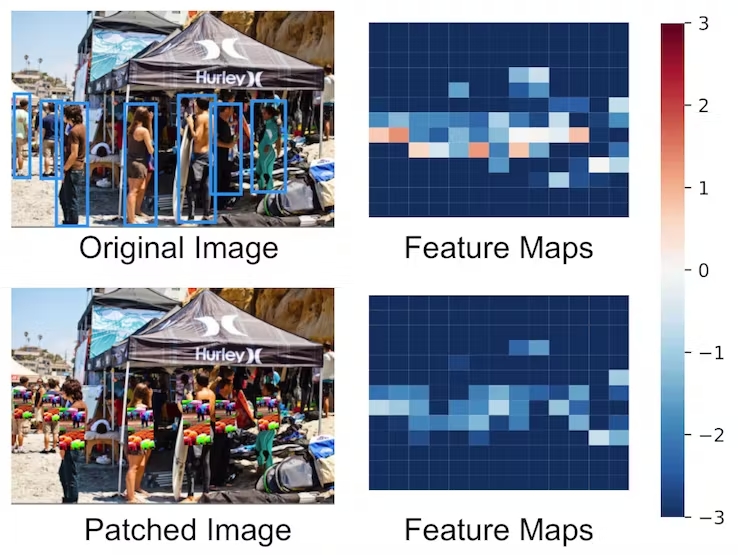
‘Invisibility sweater’: clothes designed to help hide from AI recognition systems
A group of researchers from the University of Maryland in College Park, which works with Facebook’s artificial intelligence, has developed an ‘invisibility sweater’ that can hide a person from recognition systems.
At first, the team focused on modeling attacks: creating a ‘competition pattern’ ‘Invisibility Sweater’: scientists designed clothing that would help hide from AI recognition systems, which could be applied to detected objects in an image, and the neural network would not be able to identify them recognize. The researchers tried to create a universal anti-combat patch – a single template that can be applied to any object and hide it from the AI system.

Previous attempts at adversarial attacks on neural networks mostly focused on classifiers (providing a coherent label to the entire image), but this time the researchers tackled detectors (localizing objects in the image).
blockquote “The detectors work by looking at thousands of previous images with different locations, sizes and aspect ratios of the object. To fool the object detector, the competing pattern must also change all the previous images, which is much more difficult than fooling the single conclusion of the classifier,’ the study says. /blockquote
Researchers have proven that more difficult does not mean impossible. As part of extensive research into adversarial attacks on detectors, the team was able to create the patch they needed. The team printed 10 patterns on posters and placed them in 15 locations – all of which reduced the performance of the detectors in the images.
This sweater developed by the University of Maryland is an invisibility cloak against AI.
It uses "adversarial patterns" to stop AI from recognizing the person wearing it. pic.twitter.com/aJ8LlHixvX
— Morning Brew ☕️ (@MorningBrew) October 25, 2022
And then, testing a concept similar to playing ‘paper dolls’ (a children’s game in which a cardboard doll could be dressed up in different outfits), the team used clothing and found that the ‘invisibility sweater’ was much more effective at impairing the detectors.
“This stylish sweater is a great way to keep warm this winter. It is equipped with a waterproof microfleece lining, has a modern cut and patterns that will help you hide from object detectors. In our demonstration, the YOLOv2 detector was fooled by a pattern trained on the COCO dataset. recognition systems with a carefully designed purpose,’ the team of researchers notes.

